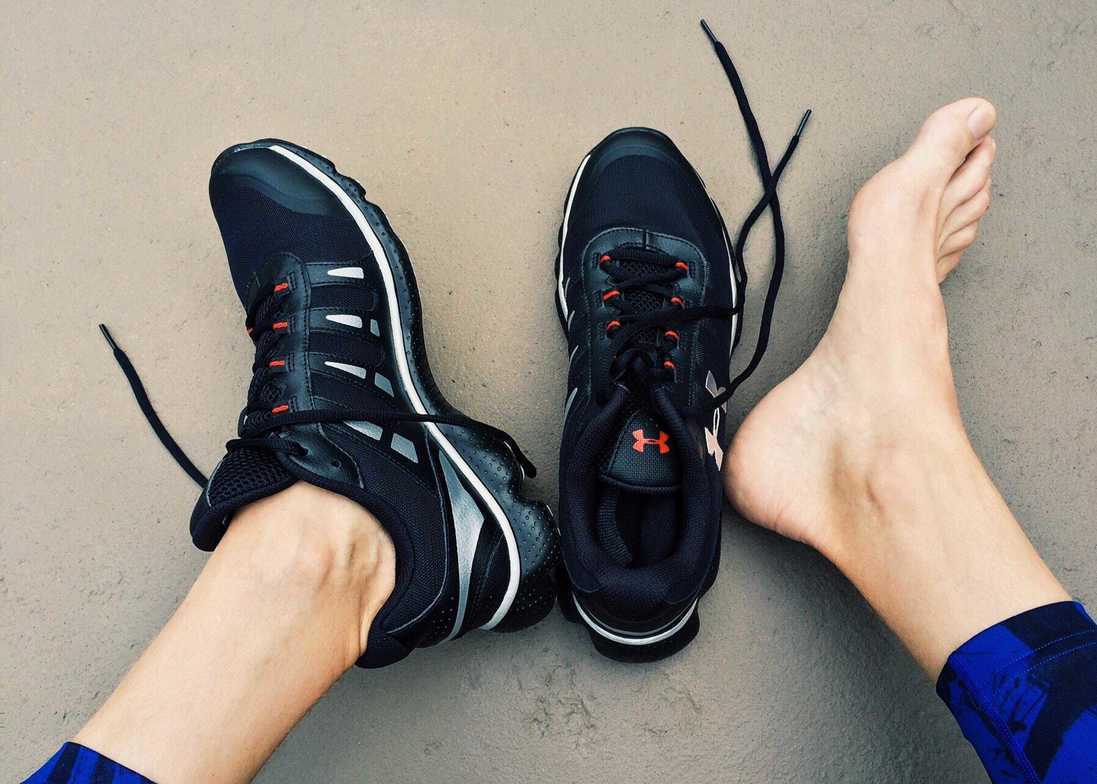
Ever felt foot pain and thought it might be plantar fasciitis? You're not alone!
Plantar fasciitis is a common yet often misunderstood condition that affects a specific part of the foot, causing pain and discomfort. Many people experience foot pain and are quickly diagnosed with plantar fasciitis without thorough evaluation, leading to potential misdiagnoses.
This blog aims to clarify what plantar fasciitis truly is, identify its distinct symptoms, and highlight the risk factors that may predispose individuals to this condition.
What is Plantar Fasciitis?
Plantar fasciitis is a condition that affects a very specific part of the foot. Most people get a small pain in a random part of their foot and immediately get diagnosed with plantar fasciitis, without any additional testing to properly diagnose what is wrong. Interestingly, plantar fasciitis presents with certain symptoms that are quite distinct. Knowing the key signs and symptoms of plantar fasciitis will ensure that you can identify the condition in yourself if it ever pops up.
Key Signs of Plantar Fasciitis
- Continuous Heel Discomfort: An initial indication of plantar fasciitis is persistent heel discomfort. Typically, this pain emerges at the bottom of your heel, although it may also be felt in the arch of your foot. Often described as a sharp or stabbing sensation, it tends to intensify after periods of rest, such as upon waking in the morning.
- Post-Activity Pain: Another sign to watch for is pain following physical exertion. If you find that your heel aches more after walking, running, or prolonged standing, it warrants attention. This discomfort may indicate strain on the plantar fascia, signaling the need for care.
- Difficulty with Toe Standing: Plantar fasciitis can hinder your ability to stand on your toes or flex your foot upward. If such movements cause pain or discomfort, inflammation of the plantar fascia may be the culprit. Difficulty performing these actions serves as another warning sign to heed.
- Arch Tightness: Many individuals afflicted with plantar fasciitis describe a sensation of tightness in their arch. It feels as though a band is tightly constricting the middle portion of the foot. This feeling indicates stress on the plantar fascia and should prompt further evaluation.
Plantar fasciitis refers to a condition where there is a pain in the arch of the foot, where there is a thick band of tissues called the plantar fascia. This tissue connects your toes to your heel bone and it can become inflamed and swollen. This causes a stabbing pain in your foot that can span from the front all the way to the back, but most commonly appears by the heel.
Because of this, heel pain is often misdiagnosed as plantar fasciitis, even though the pain in your heel could be caused by a number of things. For example, regular runners who strike the floor with their heel first can experience pain after a while. This isn't necessarily plantar fasciitis. Instead, it’s more like a repetitive strain injury that could easily be misinterpreted as plantar fasciitis.
Correct Diagnosis
The diagnosis of plantar fasciitis relies on your medical background and a physical examination. During this assessment, your healthcare provider will examine your foot for tender spots. The specific location of your pain aids in identifying its underlying cause.
Treatment
- Anti-inflammatory medicine: Medications like aspirin, ibuprofen, and naproxen are often used to alleviate pain and reduce inflammation. It's important to avoid taking these for more than 10 consecutive days without consulting a healthcare professional.
- Rest: Refraining from engaging in activities that exacerbate plantar fasciitis symptoms is advised for at least a week, if feasible.
- Foot icing: Apply ice to the affected area for 10 to 15 minutes, twice daily. To protect your skin, wrap a frozen water bottle in a thin towel and gently roll it along the bottom of your foot to massage the inflamed area.
- Supportive footwear: Opt for sturdy, well-cushioned shoes that provide adequate arch support. Avoid wearing flat shoes like sandals or flip-flops that lack built-in arch support, and refrain from walking barefoot.
- Orthotics or shoe inserts: Inserts can be placed inside your shoes to provide additional arch support. Your healthcare provider may recommend off-the-shelf inserts or custom-made orthotics tailored to the precise contours of your feet.
- Immobilization: Utilizing a walking boot, also known as a walking cast or pneumatic cam walker, for a few weeks can help stabilize your foot and relieve pressure on the plantar fascia. Your provider will determine the duration of boot wear based on your specific condition.
- Massage and stretching: Your provider or a physical therapist can demonstrate stretching exercises and massage techniques targeting your foot and calf muscles.
Take Action
By raising awareness about plantar fasciitis and emphasizing the importance of proper diagnosis and treatment, individuals can effectively manage this condition and mitigate its impact on daily life. If you suspect you may be experiencing plantar fasciitis, consult a healthcare professional for guidance tailored to your specific needs and circumstances.
The content in this blog is for informational purposes only and is not a substitute for professional medical advice, diagnosis, or treatment. Always consult your doctor or a qualified healthcare provider before trying new healthcare protocols.




